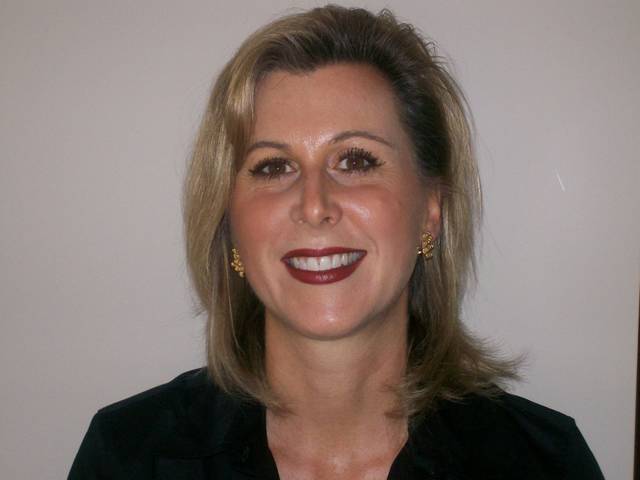Here’s a new math fact for a new school year: The U.S. will launch the year at the back of the global classroom. Other countries have surged ahead, populating a global STEM pipeline that teems with talent. Yet despite hundreds of billions of dollars in annual education spending and years of top-down school reform, U.S. math performance is on a downward slide that could become a freefall. American innovation can surely solve this problem — but only if schools have the freedom to leverage it.
First, an update: Among the world’s wealthiest countries, the U.S. ranks 31st out of 35. That’s based on 2015 math scores for Programme for International Student Assessment — a triennial test of 15-year-olds’ performance — for member countries of the Organization for Economic and Co-operative Development.
The U.S. math dip is accelerating: Scores fell 6 points between 2009 and 2012, and 11 points between 2012 and 2015. The list of countries outsmarting the U.S. extends well beyond East Asian countries, the world’s math valedictorians, and includes those we kept pace with in 2012: Norway, Russia, Sweden, Portugal, Italy, Spain, and Lithuania.
National assessments confirm the downturn is a trend, not a fluke. Math scores on 2015’s National Assessment of Educational Progress dropped for both fourth- and eighth-graders. Just 40 percent of fourth-graders and 33 percent of eighth-graders were proficient in math.
The American STEM pipeline is thus being reconfigured in ways that jeopardize global competitiveness. The U.S. share of top PISA math performers is declining; The share of low performers is climbing. Low performers, according to the OECD, “cannot compute the approximate price of an object in a different currency or compute the total distance across two alternative routes.” Such skills are useful in a global economy.
What can the U.S. learn from high-performing countries? Don’t double down on spending.
“While the U.S. spends more per student than most countries, this does not translate into better performance,” notes an OECD analysis. Top-performing countries do focus relentlessly on teacher quality and work to create a school climate that fosters learning. They set a high bar for accountability but give schools the autonomy to figure out how best to reach it.
Where is classroom autonomy yielding dividends here? A new RAND Corporation study found that schools implementing “personalized learning” — which enables teachers to adapt pacing and content to students’ needs — saw a 3-point uptick, on average, in math scores. Personalized learning was more widespread in charter schools than district schools, due to challenges of scaling this approach.
At Research Triangle High School, a North Carolina charter school created to provide a “globally competitive STEM education,” students follow a personalized learning approach using a platform from charter management organization, Summit Public Schools. Research Triangle High School’s managing director and founder, Pamela Blizzard — who also helped found top-ranked Raleigh Charter High School — says Research Triangle High School “set out from the very beginning to figure out how to accelerate learning.”
Early results were unimpressive. But Research Triangle High School has since seen significant increases in students’ math scores. Students receive weekly mentoring to help hone “habits of success”; progression is tied directly to individual competencies, which teachers track closely. “Personalization gives you a lot more data,” says Blizzard. “It also gives you differentiation, the Holy Grail that teachers are always looking for.”
Research Triangle High School has participated in OECD’s PISA-based Test for Schools, and worked to improve discipline and school culture. Had Research Triangle High School been a country, its 2015 math scores would have ranked it fifth in the world, inspiring the hashtag #WeBeatFinland.
American ingenuity lives. Time to leverage it more.








